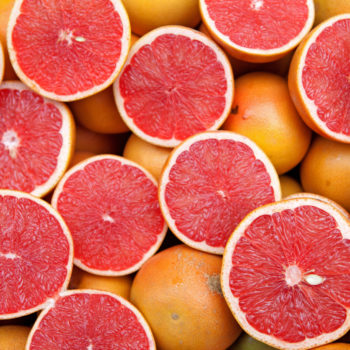Genetics, evolution, environment and education: these are the factors that can help explain food preferences to varying degrees. In an attempt to put order in what has always seemed like a matter of taste, there is Italian taste, a study conducted by the Italian Society of Sensory Sciences (Siss) and motivated by the intention to understand the reasons behind the preferences or aversions to various foods. We talked about it with Dr. Elisabetta Macorsini, biologist and nutritionist at Humanitas.
Sweet and salty, a matter of birth
The Italian Taste project, which involved about 3,000 people over a three-year period, has created a database to study the link between sensitivity, liking and eating habits. “The aim was to collect information in order to evaluate all the elements that can explain the food choices – explains the president Siss Erminio Monteleone – from genetics to sensory perception, which is different for each one and which we do not know how much influences the decisions. We know, in fact, that the preferences for the sweet, taste “signal” containing calories in a food, and for the salty, an indicator of the presence of sodium, are innate and that we learn to tolerate bitterness and acidity only with experience, but we have no idea how much the choices are guided by the greater or lesser individual sensitivity to each of these flavors. Not everyone, in fact, is able to “feel” them in the same way: a higher number of fungiform taste buds on the tongue is associated with a greater perception of fundamental tastes. The study has tested the sensitivity to tastes, such as bitterness, in an attempt to understand which is the key taste that moves each and with the intention of reducing the risk of unhealthy food choices.
The taste guide
If you find yourself “guided” by the cake, you can take advantage of the information. “When we eat a sweet food, two feelings come to our brain through our taste buds and sense of smell – notes Monteleone: taste and smell combine to evoke the pleasure that the brain seeks in sugary food. So to deceive it you can focus on the aroma. If a food is very fragrant we will feel it a little sweeter than it really is and we will be able to contain the calories”. Even the creaminess of a dish can help those who love the sweet. A soft dessert with little sugar will still be more appreciated than a tart that is equally little sweetened to contain the intake of calories. Things are easier for salty food, since the perception, in this case, depends on the quantity of salt used. Then it will be enough to gradually decrease the salt on the dishes to get to like a less salty flavor. If sensitivity to different flavors directs food choices, we must not forget that the brain also plays its role. In fact, the lack of “reward” of the brain is the factor behind many dietary failures. The most obvious case is the one of foods in low-fat versions. These often end up being counterproductive, because they do not gratify and, on the contrary, induce us to consume greater quantities.








